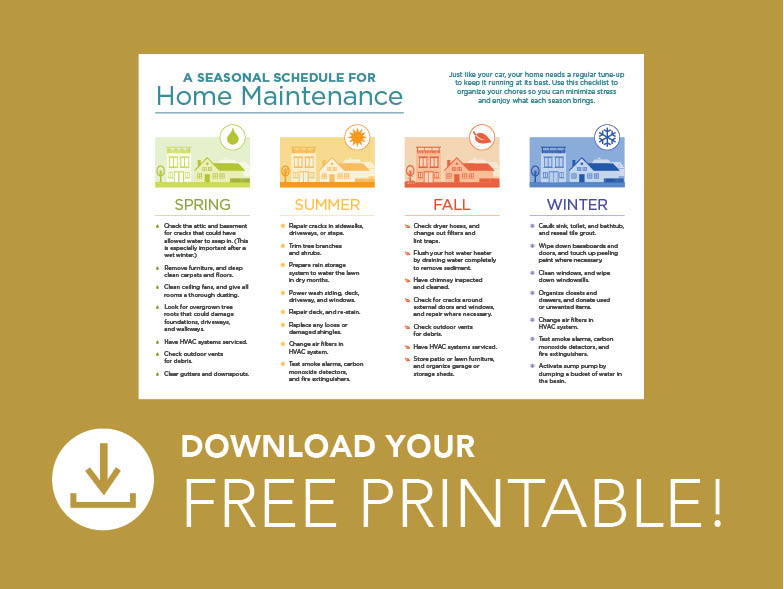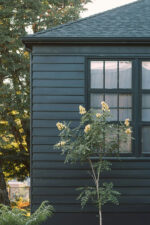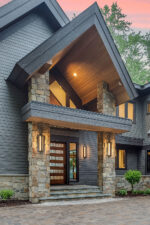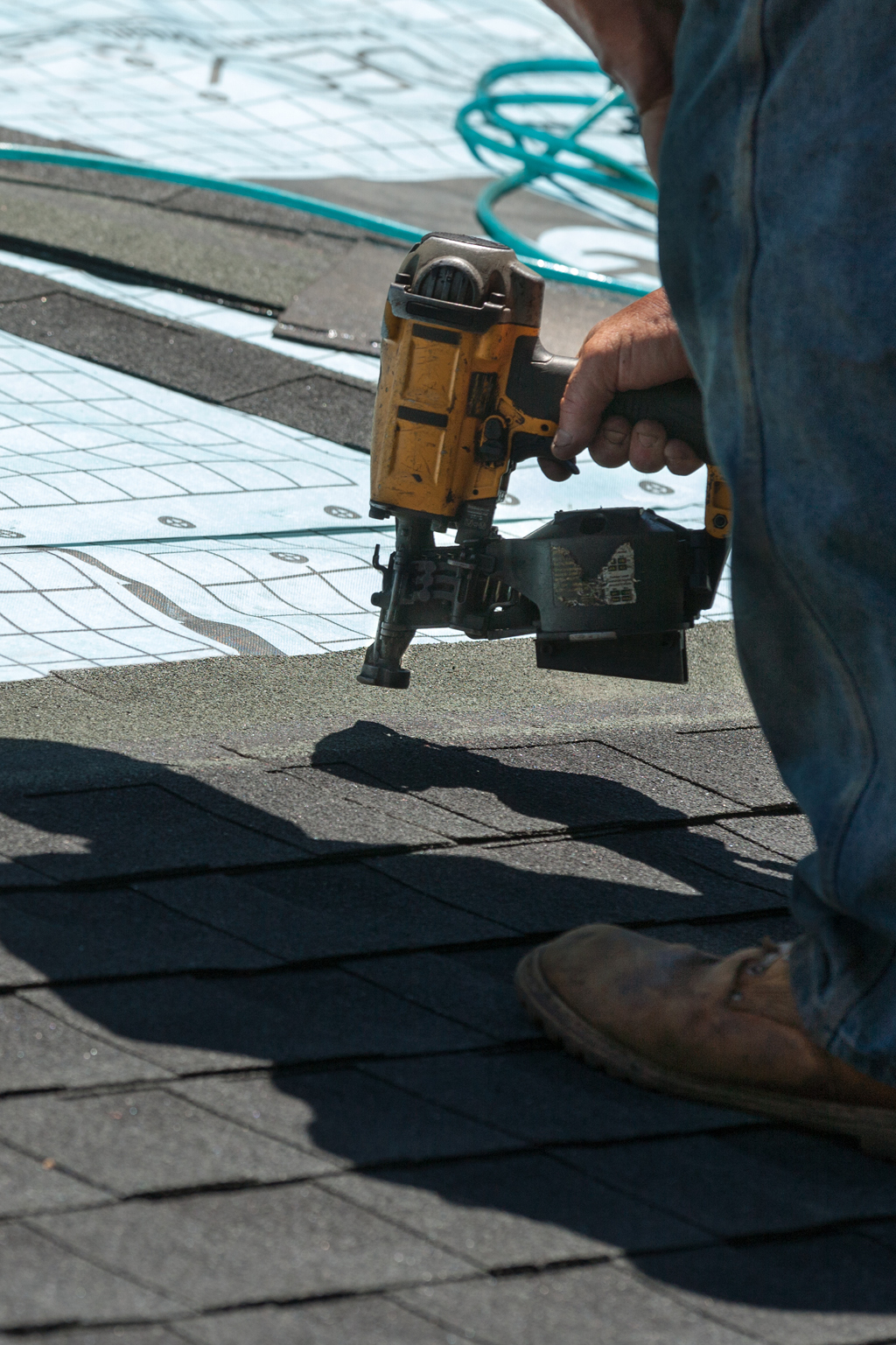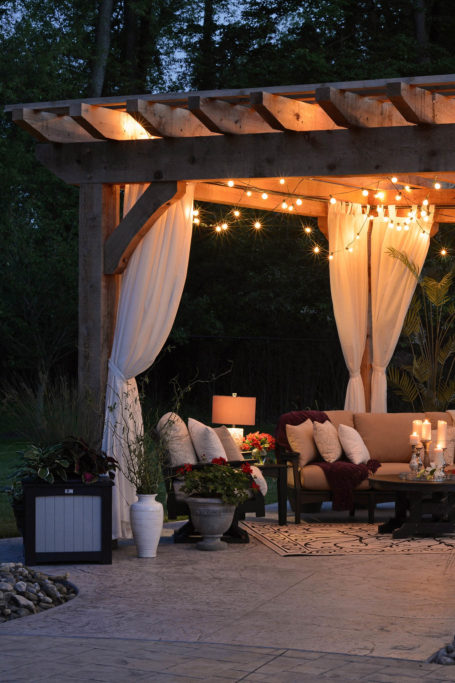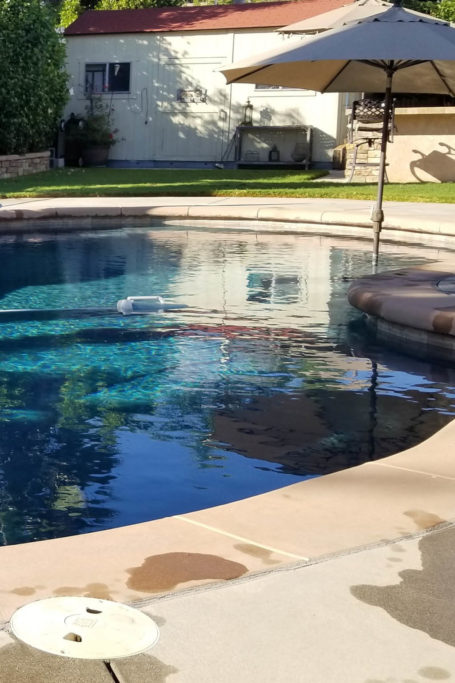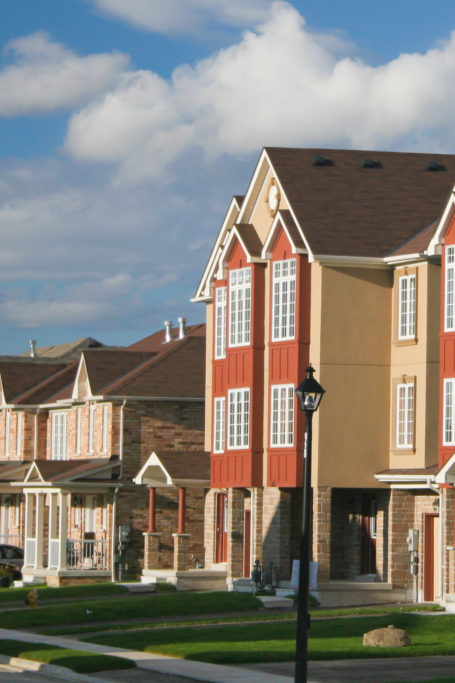9 Home Repairs You Need to Budget for
Saving for that down payment on a home is tedious. The last thing any new homeowner wants to worry about is expensive home repairs. Unless you are prepared to ask the right questions of the previous homeowner, you may need to stick to the dreaded budget for longer than you think.
Here is what you need to know about common home repairs before you buy.
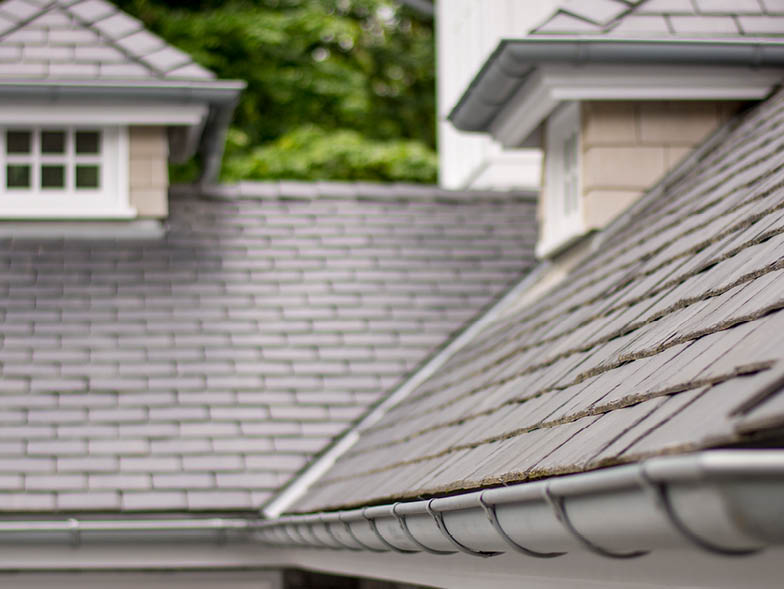
Roof (every 30 years)
The life expectancy of an asphalt shingle roof (the most common type in America) is about 30 years, with the average roof replacement costing around $12,000—although more accurate estimates are based on size, pitch (slope), and surface material. Most roofing companies will charge between $3.50 and $5 per square foot for traditional material. More high-end roof materials include slate, sheet metal, ceramic, and, of course, solar panels, all with varying life expectancies.
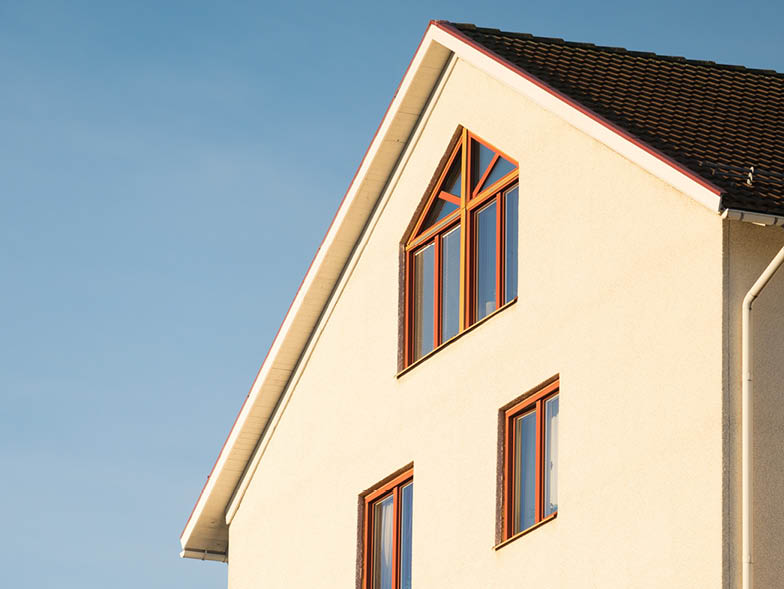
Windows (every 30 to 50 years)
When it comes to windows, wood casement windows have a longer life expectancy than aluminum casement windows, averaging about 50 years (wood) versus 30 years (aluminum). The number and quality of the windows will greatly affect the replacement cost, should it be necessary. Typically, a standard window replacement will cost around $650 per window, with the average 3 bedroom American home spending $5,200 for a whole home window replacement. For a better return on your investment, look for windows that are ENERGY STAR qualified. To get the most of existing windows, or when replacing windows, go to www.energy.gov for more information.
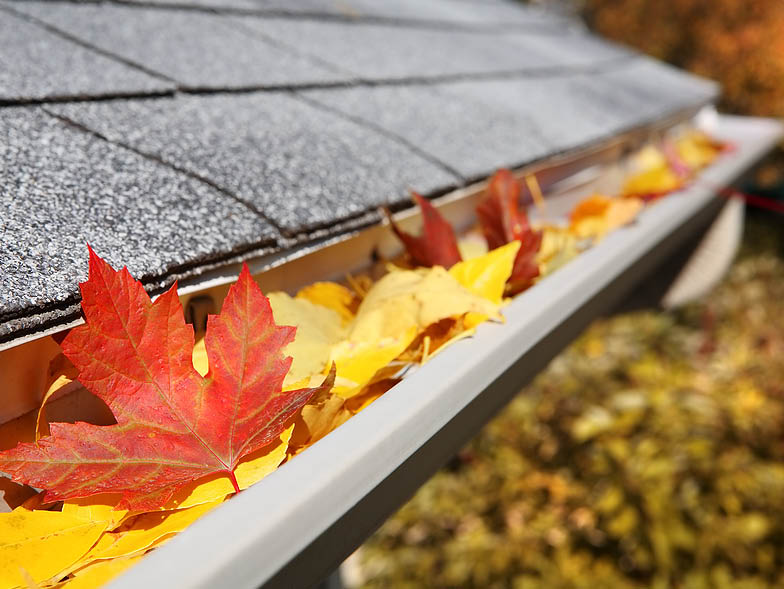
Gutters (every 30 years)
Gutters and downspouts are estimated to last for about 30 years; however, inefficient or improperly installed gutters can lead to a backup of water or ice, and can damage roofs, siding, and even a home’s foundation. Any standing water near the drainage point of a downspout may indicate improper installation, and you should ask the previous homeowner how long this has been occurring. Gutter replacements charge per linear square foot, typically running $1,600-$2,300 per home.
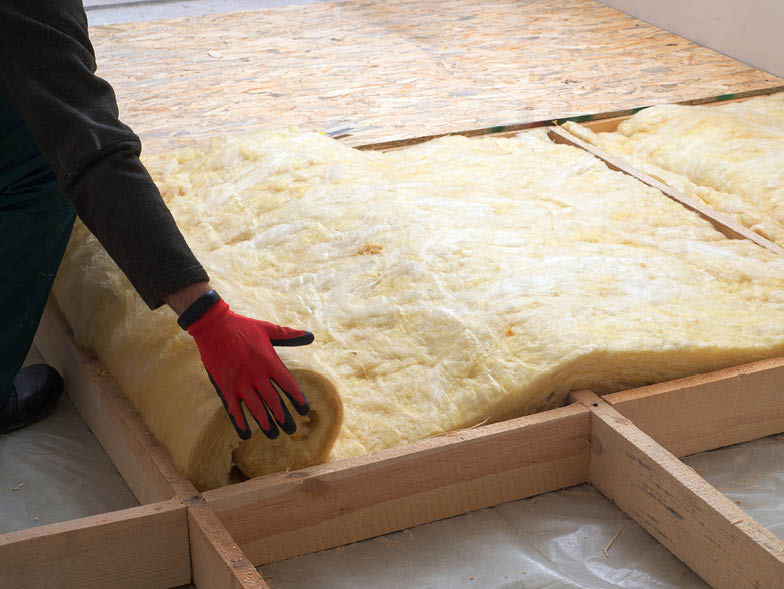
Central Air (15 years)
Much like a furnace, the lifespan and efficiency of a home’s central air conditioning depends on the relation of the size of the unit to the home. Several factors come into play when choosing the right unit for a home, such as the amount of wall and attic insulation, the efficiency and placement of your windows and doors, and the orientation of your home to the sun. You can expect to pay between $3,200 and $5,500.
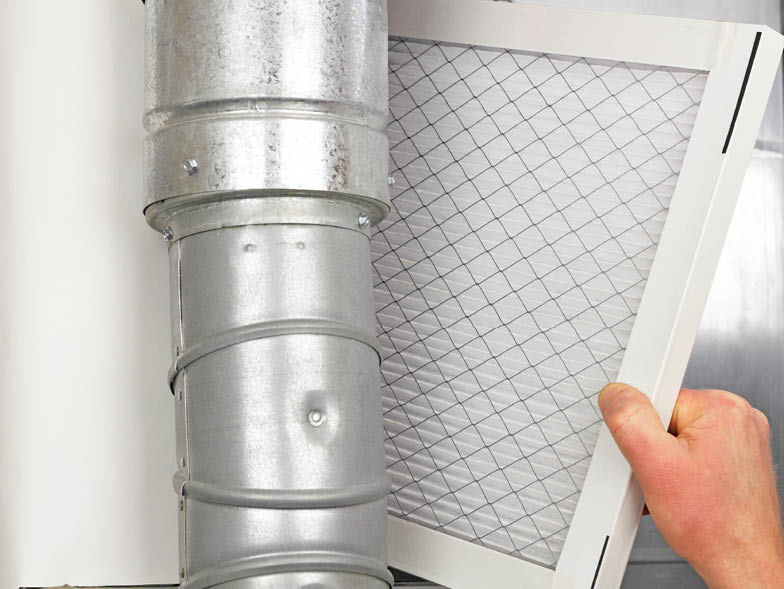
Furnace/HVAC (15 years)
A furnace replacement is on the mid-to-higher end of the home repair spectrum. Proper maintenance plays a big part in the lifetime of a HVAC system, so be sure to ask the previous homeowners about their upkeep. If you do need to purchase a new system, make sure you do your research, and understand the term annual fuel utilization efficiency (AFUE), which measures how efficiently a furnace converts gas into heating energy.
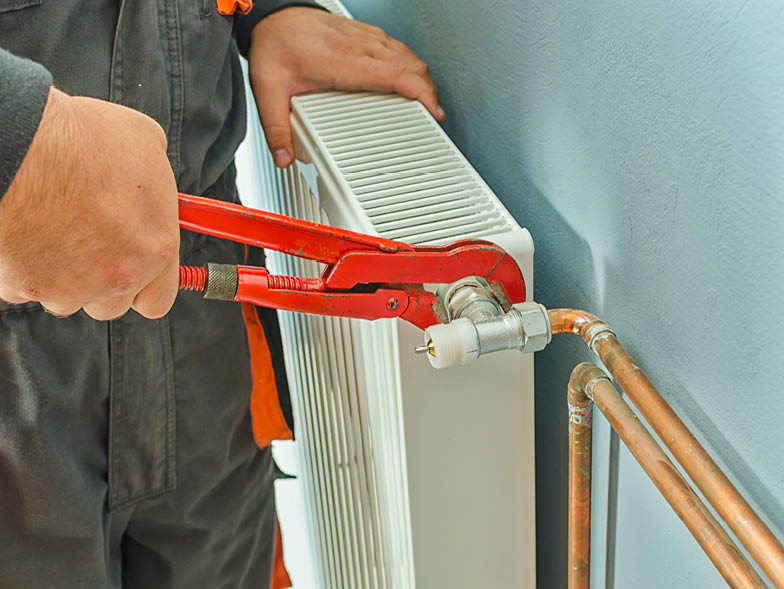
Hot Water Heater (13 to 14 years)
A water heater replacement is one of the most common household repairs, considering their life expectancy is about 13 to 14 years for a gas and an electric unit, respectively. It is not difficult to determine when you need to replace your water heater, as a decrease in water temperature will dictate the replacement.
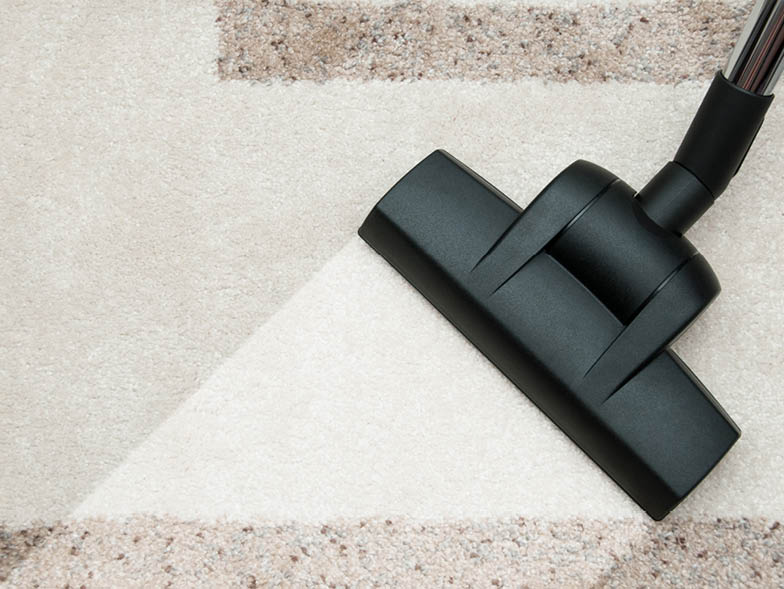
Carpet or Vinyl Flooring (11 years, 30 years)
Interior projects, like flooring replacement, are often for aesthetic purposes rather than need-based replacements. But if you are considering a home with carpet, you should know that the lifetime of a carpet is only about 11 years. When considering an update, know that vinyl or tile flooring usually has about a 30-year life expectancy.
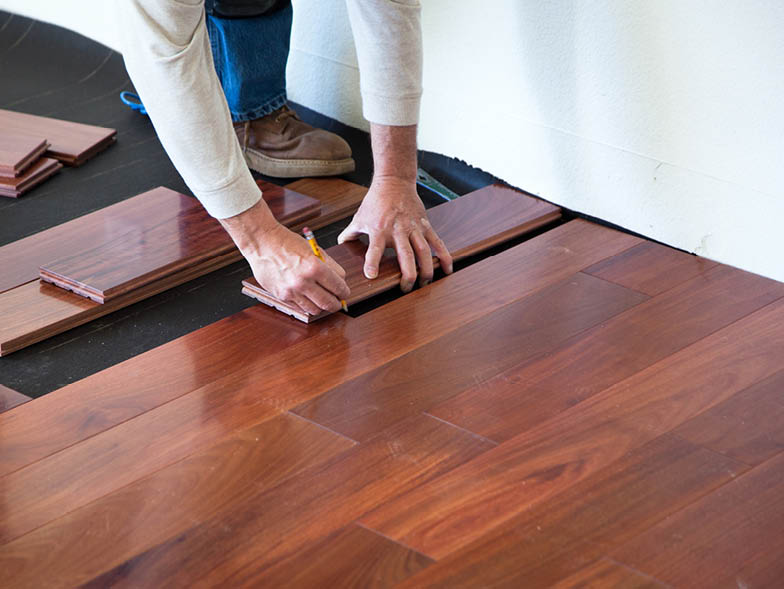
Hardwood Flooring (100 years)
Real hardwood floors have the longest life expectancy—up to 100 years—but may require refinishing to keep them looking new. Since there are many variations of wood flooring, it would be wise to do some research into which type best fits your family’s needs. Some flooring may be more sensitive to moisture or prone to scratching, and therefore require more maintenance.
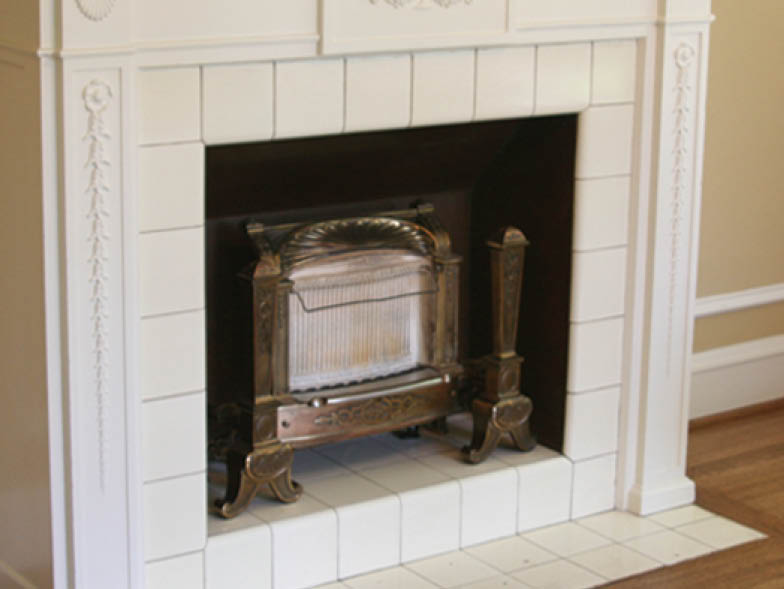
Fireplace (100 years)
If you’re considering a home with a fireplace, you should know that, while fireplaces look nice and create relaxing environments, there is some very serious maintenance required to ensure safety. Although the lifetime of a wood burning fireplace is around 100 years, annual maintenance is still required. You should also consider the amount of homeowners insurance coverage required for a home with a fireplace.
By considering these important and often costly parts of your home, and asking questions about them beforehand, you will feel more confident in your purchasing decision, and you’ll be more likely to avoid headaches during the home inspection process. And once the home is finally yours, use the home maintenance schedule to protect your investment and get the maximum life out of your home.
